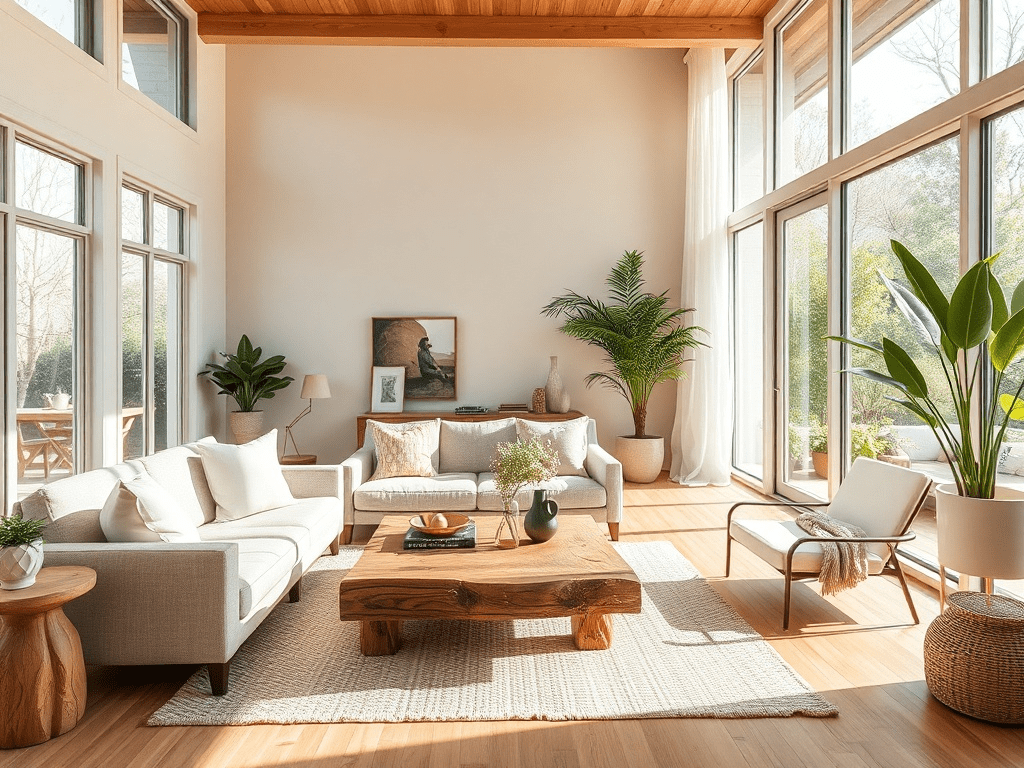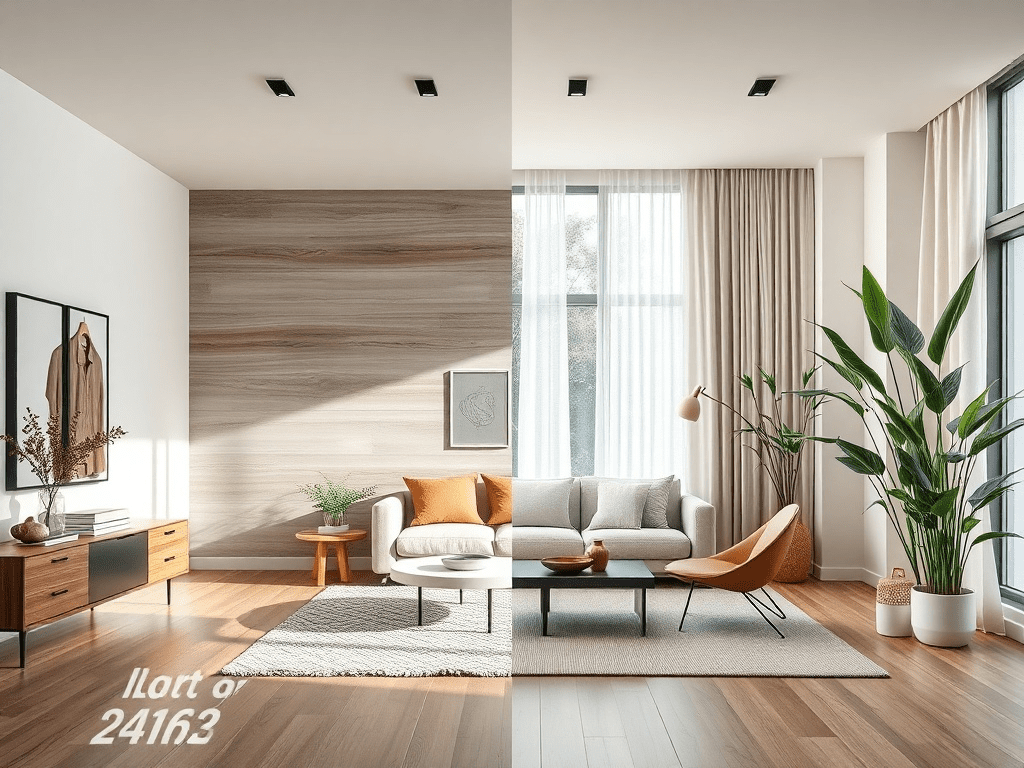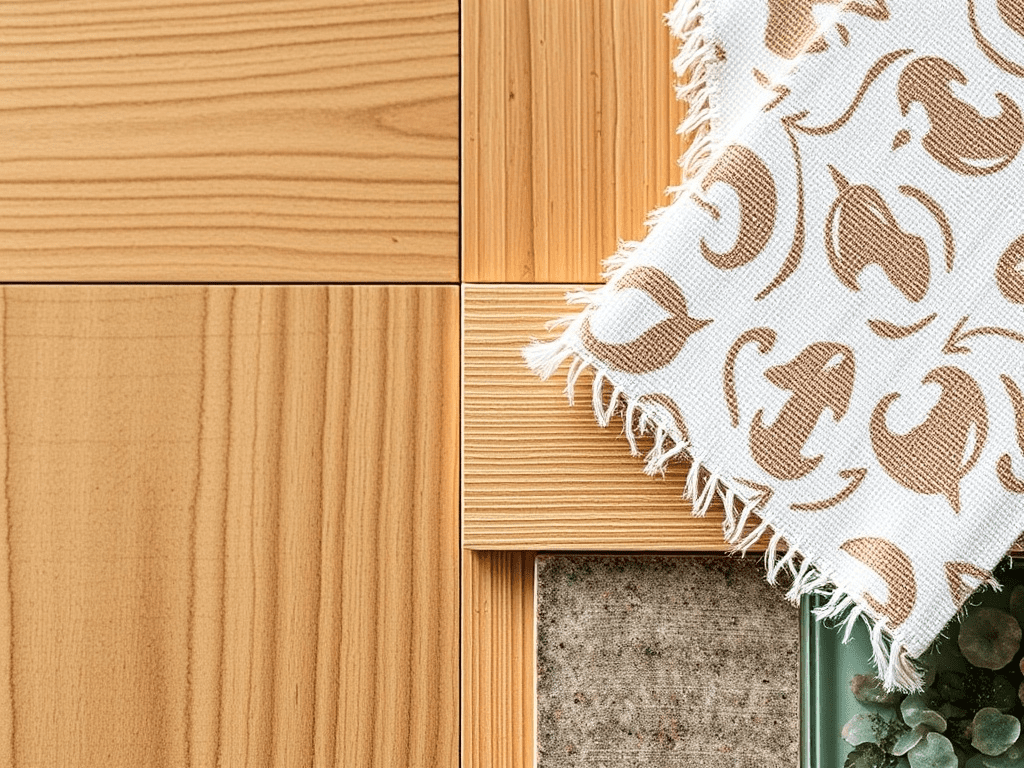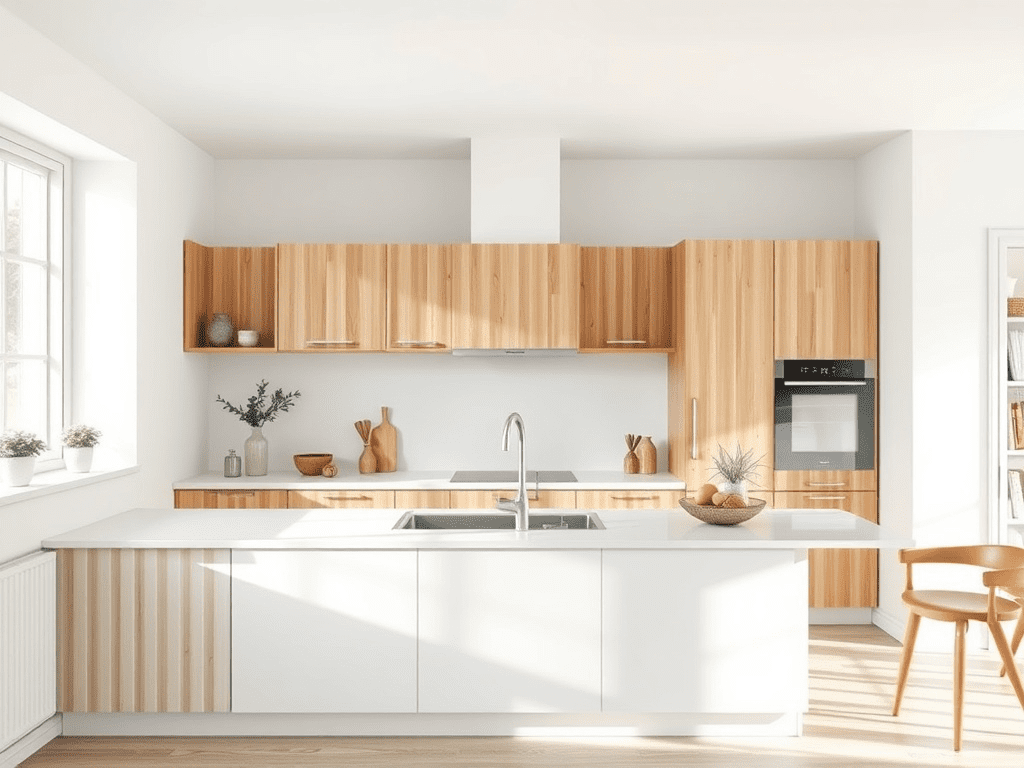Discover the transformative power of sustainable interior design with our comprehensive guide to eco-friendly materials. In an era where environmental consciousness is paramount, making informed choices about your home’s interior has never been more critical. This sustainable interior design materials guide provides you with the knowledge and resources to create a beautiful, healthy, and environmentally responsible living space.
What is a Sustainable Interior Design Materials Guide?
A sustainable interior design materials guide is a resource that helps homeowners, designers, and contractors make environmentally conscious choices when selecting materials for interior spaces. These guides typically include information on the environmental impact of various materials, their sourcing, manufacturing processes, and disposal methods. They also highlight materials with low VOCs (volatile organic compounds) and recycled content, promoting healthier indoor air quality and reducing waste.

Why Should I Use a Sustainable Interior Design Materials Guide?
Using a sustainable interior design materials guide offers numerous benefits. Beyond reducing your environmental footprint, it can improve your home’s air quality, enhance its aesthetic appeal with unique and natural materials, and even save you money in the long run. Many sustainable materials are durable and require less frequent replacement, offering long-term value.
Types of Materials Featured in a Sustainable Interior Design Materials Guide
A comprehensive sustainable interior design materials guide includes a wide range of materials, each with unique characteristics and environmental benefits. Here are some of the most common categories:
- Reclaimed Wood: Sourced from old buildings, barns, and other structures, reclaimed wood reduces deforestation and gives character to your space.
- Bamboo: A rapidly renewable resource, bamboo is a strong and versatile material for flooring, cabinetry, and furniture.
- Recycled Glass: Used in countertops, tiles, and decorative elements, recycled glass reduces landfill waste and adds a unique aesthetic.
- Organic Textiles: Fabrics made from organically grown cotton, hemp, or linen are free from harmful pesticides and chemicals, promoting healthier indoor air quality.
- Low-VOC Paints: Paints with low or no volatile organic compounds (VOCs) minimize indoor air pollution and are safer for your family and the environment.
- Natural Fiber Rugs: Rugs made from materials like jute, sisal, and seagrass are durable, biodegradable, and add a natural touch to your décor.

Sourcing Sustainable Interior Design Materials Guide: Where to Look
Where to find sustainable interior design materials guide? Many resources are available to help you source sustainable materials. Online databases, such as the Sustainable Furnishings Council Sustainable Furnishings Council, provide listings of eco-friendly products and suppliers. Local green building supply stores and design centers also offer a curated selection of sustainable materials and expert advice. For those seeking a local sustainable interior design materials guide near me, searching online directories for local eco-conscious businesses can be a great starting point.
How to Use a Sustainable Interior Design Materials Guide Effectively
To effectively use a sustainable interior design materials guide, start by identifying your project’s specific needs and priorities. Consider factors like durability, aesthetics, budget, and environmental impact. Use the guide to compare different materials, assess their environmental credentials (such as LEED or Cradle to Cradle certification), and identify potential alternatives. Also, explore the comprehensive sustainable interior design materials guide pdf options available online for offline reference.
Sustainable Interior Design Materials Guide Cost Comparison
One common concern is the sustainable interior design materials guide cost comparison. While some sustainable materials may have a higher upfront cost, they often offer long-term savings due to their durability and reduced maintenance needs. Additionally, government incentives and tax credits may be available for using eco-friendly materials. Consider the life cycle cost of each material, including its environmental impact, to make an informed decision.
Affordable Sustainable Interior Design Materials Guide Options
Finding affordable sustainable interior design materials guide options is easier than you might think. Explore reclaimed and repurposed materials, which are often available at a lower cost than new products. Consider using natural and locally sourced materials, which can reduce transportation costs and support local economies. Look for sales and discounts from retailers who specialize in sustainable products.

Installation Tips from a Sustainable Interior Design Materials Guide
Proper installation is crucial for maximizing the benefits of sustainable materials. The sustainable interior design materials guide installation tips often include recommendations for using low-VOC adhesives and sealants, minimizing waste during installation, and ensuring proper ventilation to maintain indoor air quality. Always follow the manufacturer’s instructions and consider hiring experienced professionals who are familiar with sustainable building practices.
FAQ: Sustainable Interior Design Materials Guide
What is a sustainable interior design materials guide?
As mentioned earlier, it’s a resource for making eco-conscious material choices for interiors.
Why should I use a sustainable interior design materials guide?
To reduce your environmental impact, improve indoor air quality, and create a healthier living space.
What types of materials are typically included in a sustainable interior design materials guide?
Reclaimed wood, bamboo, recycled glass, organic textiles, low-VOC paints, and natural fiber rugs are common examples.
Where can I find a reliable sustainable interior design materials guide?
Online databases like the Sustainable Furnishings Council, local green building supply stores, and design centers are good sources.
How can a sustainable interior design materials guide help me assess the environmental impact of my material choices?
It provides information on the environmental footprint of various materials, including their sourcing, manufacturing, and disposal.
How do I use a sustainable interior design materials guide effectively in my interior design projects?
By identifying your project’s needs, comparing materials, and assessing their environmental credentials.
What are the key benefits of using sustainable materials identified in the guide?
Reduced environmental impact, improved indoor air quality, enhanced aesthetic appeal, and potential long-term cost savings.
Conclusion
Embracing sustainable interior design is a journey towards creating a healthier, more beautiful, and environmentally responsible home. By utilizing a sustainable interior design materials guide, you can make informed choices that benefit both your family and the planet. Start exploring the world of eco-friendly materials today and transform your living space into a sustainable sanctuary.
Need more ideas for a sustainable interior design materials guide for kitchen renovation? Check out this resource from the U.S. Green Building Council U.S. Green Building Council for innovative eco-friendly kitchen solutions.

| Material | Benefits | Considerations |
|---|---|---|
| Reclaimed Wood | Reduces deforestation, adds character | Sourcing, potential for lead paint |
| Bamboo | Rapidly renewable, strong | Sourcing, potential for formaldehyde |
| Recycled Glass | Reduces landfill waste, unique aesthetic | Weight, potential for sharp edges |
| Organic Textiles | Reduces pesticide use, healthier indoor air | Cost, availability |
| Low-VOC Paints | Minimizes indoor air pollution | Coverage, durability |
